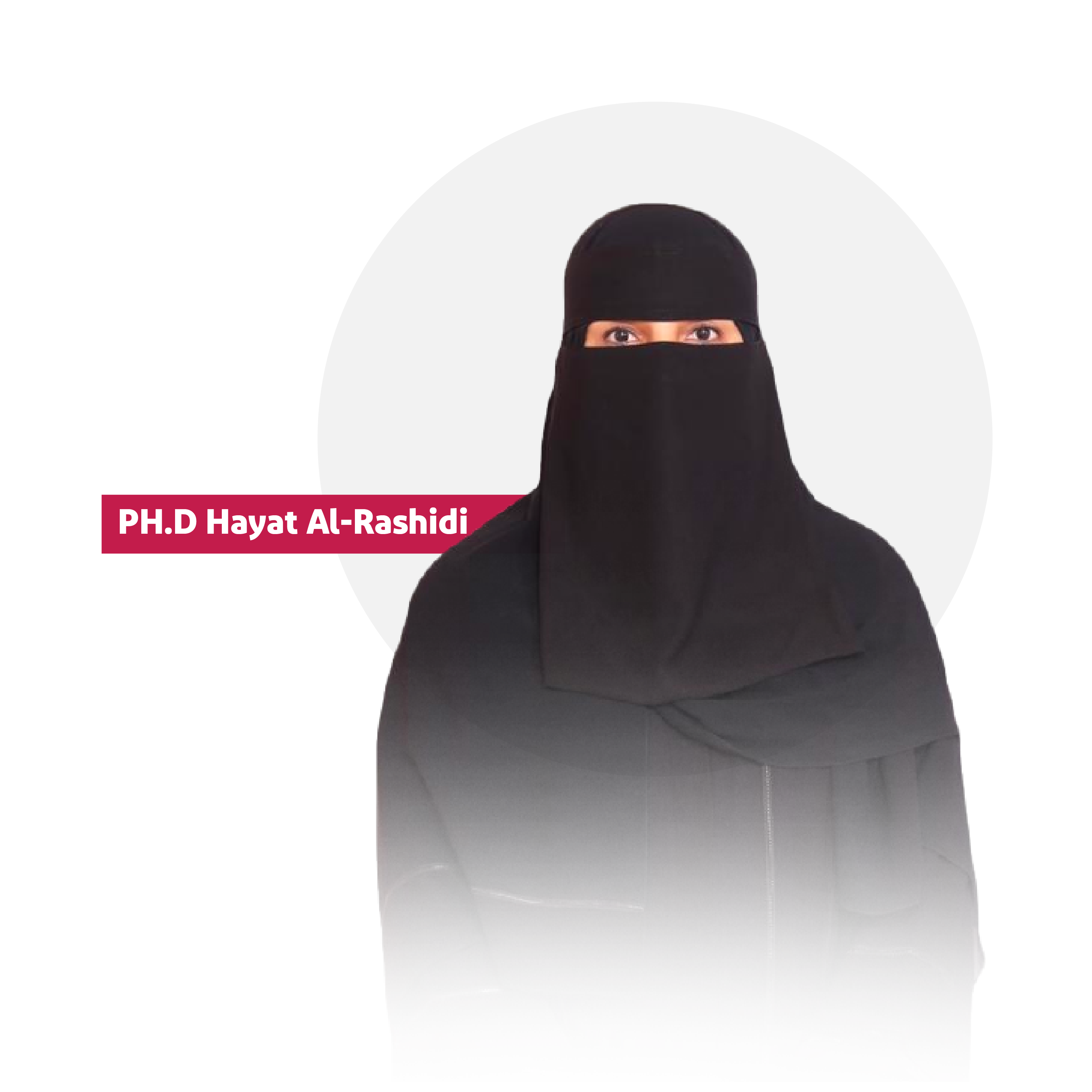
Persian Revolution and Ahvaz Region
The Persian-Iranian authorities have consistently practiced systematic policies to obliterate the Arab identity against Ahvaz, and to assimilate them into the crucible of Persian nationalism, including preventing them from Arabic names, depriving them of education and study in Arabic, and addressing them in government institutions. This contributed to the increase in illiteracy rates to quadruple, unemployment to six times the overall rate in Iran, amid great exclusion of Arab employees, and depriving them of wearing authentic Arab uniforms, in accordance with a brutal and repressive practice of flattening the region, minimizing its importance, questioning its affiliation, and obscuring its population, which According to some researchers, it is likely to range between 10-12 million people, and hostile acts include monopolizing jobs and providing housing for the displaced Persians, building cities to change the demographic fabric such as the city of Ramen north of the capital city of Ahvaz, the city of Shirin Shahr near modern Abadan, and depriving the Arabs of all of this, not to mention political deprivation, government representation, media blackout, policy of repression and starvation, burglary, looting and confiscation of property, displacement, enforced disappearance and executions, all of which are some of the things to which the Hawazis are exposed, and the anger of a flood of Iranian gang practices and the mafia. Will this rich country be invested, and supported by sin towards independence The right to self-determination; to be a thorn cramped into Iran’s dilated throat.
What distinguishes the Ahvaz region is that it is considered the maritime port of the Persian state, which is the Arab region adjacent to Iraq, and overlooking the northern Arabian Gulf, and Khuzestan is the Persian name, after it was an Arabic one for the Ahvaz, in order to hide its Arab- relation, after striving for demographic change. After the Arabs made up 98% of the population, they only accounted for 70% according to the American historian William Strong.
And Arabsan in the Persian language, flipped the Ha’ in it E, and became Ahavaz instead of Ahvaz, as part of a series of attempts to obliterate its Arab features, followed by the prohibition of the Arabic language in it, and the restriction on its people even in their Arabic clothes.
The Arab Ahvaz is rich in resources, especially oil, as 85 per cent of the oil sold by Iran is extracted from the Arab Ahvaz, which explains Iranian President Mohammad Khatami’s description of it as: Iran Ba Khuzestan Zendah Est. That is to say, Iran lives in Khuzestan, and perhaps that explains Iran’s continued ambitions to occupy Ahvaz, where the poorest Arab people live under Persian occupation.
Ahvaz, Arabistan, or the Arab radiant state, which Iran swallowed in 1925, and which Iran deliberately excluded its prince, and annexed the oil-rich region to Iran, as the region of Ahvaz is an Arab with roots, and its history and geography were within the state of Hammurabi, and the presence of the Arabs in it dates back to the year 311 BC, and was under the rule of the Islamic countries following the state of Basra, until the emergence of the Arab radiant state, and recognized by the Safavid state and the Ottoman caliphate as an independent state, then the Hebrew state (1724-1925 AD) and preserved its independence until its fall by the Shah Pahlavi, a fact that everyone unfortunately jumps on; some of them are hypocrises for Iran, and some to avoid problems, while in fact Ahvaz is a purely Arab region that fell into oblivion, and remembered by the ancient Arabs in their poetry, and including Garir saying:
Do walk, cousins to River Terry for Ahvaz are thy place
Can’t the Arabs ever recognize he case
Over the years, the Iranian authorities have dealt with the occupied Arab enclaves from the police security way, carrying out the daily executions and the suspension of the Ahvazis on the gallows, and using mechanical levers to increase terror and repression, without the slightest degree of litigation and fair trial, using the claim of traitors from a special dictionary of the Arab race to justify the repression and killing in cold blood. The people of Ahvaz are an occupied people who are only guilty of being Sunni Muslim Arabs.

